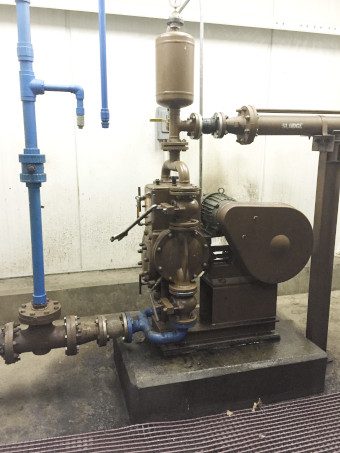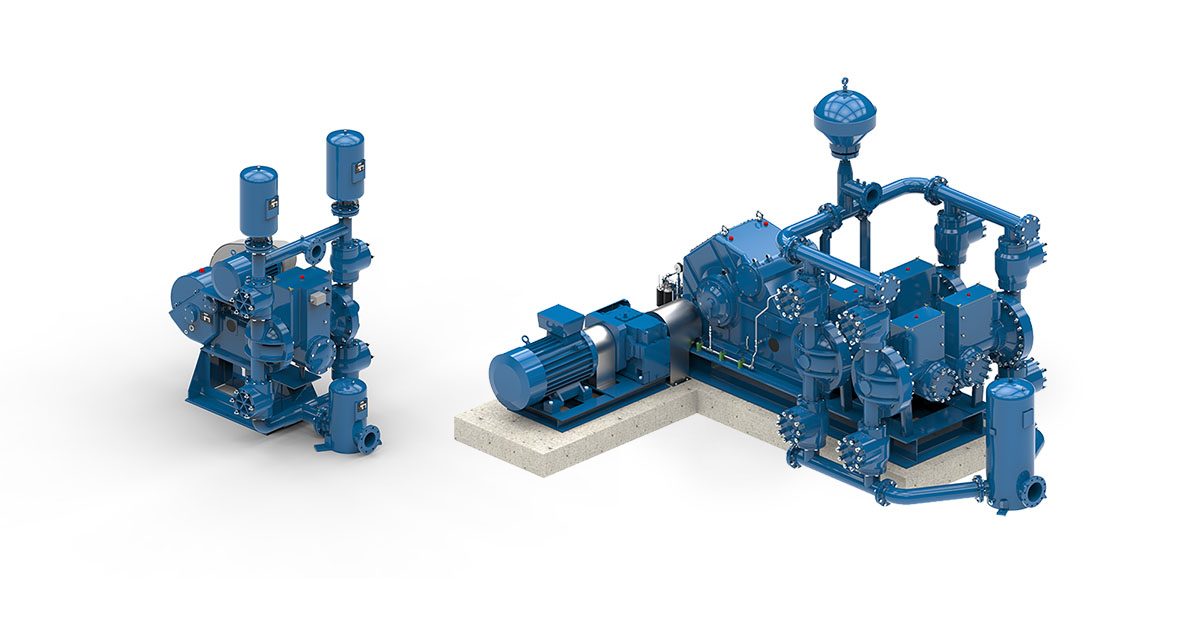Water and Wastewater
We can handle both
Whether for feeding filter presses, digestors and thickeners at municipal sewage treatment plants or for raw sewage transfer in pumping stations reliability is the key word in all of these typical pump applications. In addition, these pumps must be safe to run dry and remain free of blockages. With our series EM, CM and HM diaphragm pumps, ABEL is the diaphragm pump specialist that meets these requirements and is known worldwide for reliability and performance.
Diaphragm pumps are the perfect solution for transporting digested sludge, floating sludge, raw sludge or mixed sludge. The closed design prevents odor from escaping, allows for high pressure, and is known for durability.
Pump Applications in Water/Wastewater
Filter press feeding with municipal sludge and wastewater – also filter cloth cleaning
Dosing – e.g. lime milk, ferric chloride, polymers
Transfer of wastewater/sludge – e.g. municipal wastewater, raw sewage and sludge…
Advantages of ABEL Pumps
Still pumping even after 30 Years
In the state New York, there is a wastewater treatment facility. Some upgrades have made the facility one of the most modern wastewater treatment plants in the area, with a capacity of 658,000 GPD. Today, the facility utilizes the technology and treatment parameters of Active Sludge, by means of Sequencing Batch Reactors (SBR’s).
In 1988, an ABEL model CM piston-diaphragm pump was purchased and installed as an integral component of the sludge dewatering system. The pump takes the underflow from the clarifier and sends the thickened solids to a high pressure (225 psi) plate and frame filter press.
Energy efficient even without Frequency Converter
As pressure begins to build in the filter press, the pump’s CPR valve throttles back on the amount of hydraulic fluid supplied to cylinder between the piston and diaphragm. With less fluid in the cylinder, the stroke length of the diaphragm is reduced, thus decreasing flow. This inherent design of the model CM pump, mechanically reduces the flow as pressure increases without the requirement of Variable Frequency Drive (VFD). In addition, the decrease in hydraulic output results in a drop in the required electrical power required by the motor, thereby saving money.




